FALKLAND ISLANDS, SOUTH GEORGIA AND ANTARCTIC PENINSULA
__________________
__________________
Day Place Highlights
1 Ushuaia, Argentina Set sail, meet the expedition team
2 At Sea Relax, Unwind and enjoy the many amenities onboard
3-4 Falkland Islands West Point Island, Port Stanley, Saunders Island
5-6 At Sea Enjoy onboard facilities, watch seabirds fishing
7-9 South Georgia An abundance of penguins and seals
10-11 At Sea Relax, unwind and enjoy the many amenities onboard
12-13 Elephant Island and Antarctic Sound Historic sites, Icebergs
14-15 Antarctic Peninsula Iceberg sculptures, carving glaciers, marine mammals, penguins
16 South Shetland Islands Chinstrap, Adelie, Gentoo and Macaroni Penguins, Leopard seals, Weddell seals, crabeater seals, Southern elephant seals and Antarctic fur seals
17-18 Drake Passage Cross the Drake Passage bound for Ushuaia
19 Ushuaia, Argentina Farewell your expedition team and fellow travellers as you disembark in Ushuaia
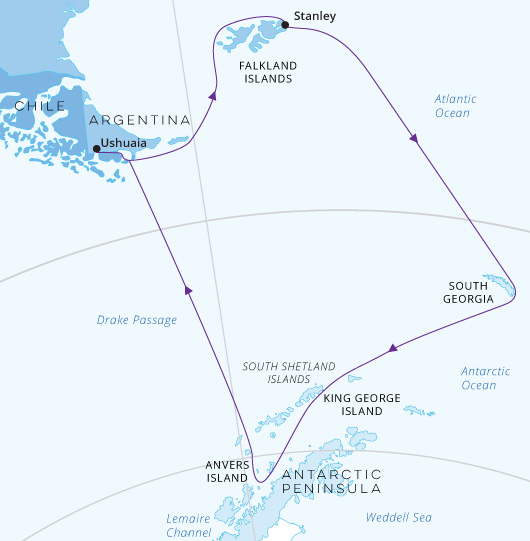
The Silver Explorer was built in Finland in 1989 and was designed specifically for navigating waters in some of the world’s most remote destinations including Antarctica, the Falkland Islands and South Georgia. The vessel was acquired by Silversea in late 2007 and has been fully refurbished in 2017 as an elegant luxury expedition cruise ship. Its ice-strengthened hull enables the ship to safely push through ice floes with ease, while a fleet of Zodiac boats allows guests to visit even the most incredible locations accompanied by the expert Expedition Team. Accommodation aboard comprises 72 spacious suites located across 4 decks, all with ocean views and some with private balconies. Passengers will also find an excellent range of facilities aboard including two lounges, restaurant, presentation theatre, library/Internet, spa, fitness centre, two jacuzzis, and outdoor viewing areas.
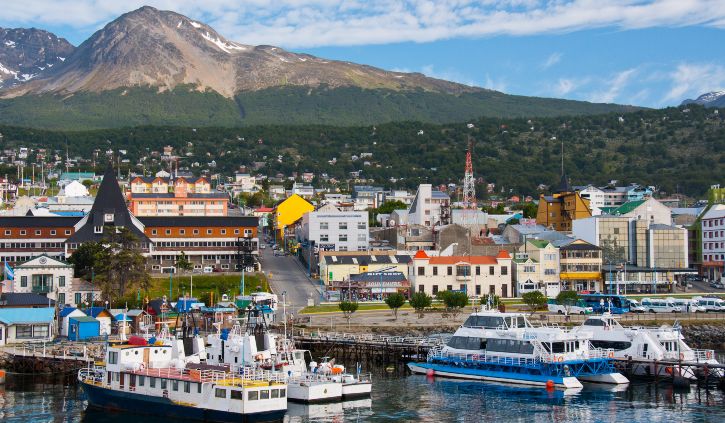
Embark on your luxurious ship in the afternoon. Settle in and attend a mandatory safety drill before leaving port. During the afternoon you will be introduced to some of the important crew members and your Expedition Team. At sail-away bid farewell to Tierra del Fuego, the ‘Land at the End of the World’.
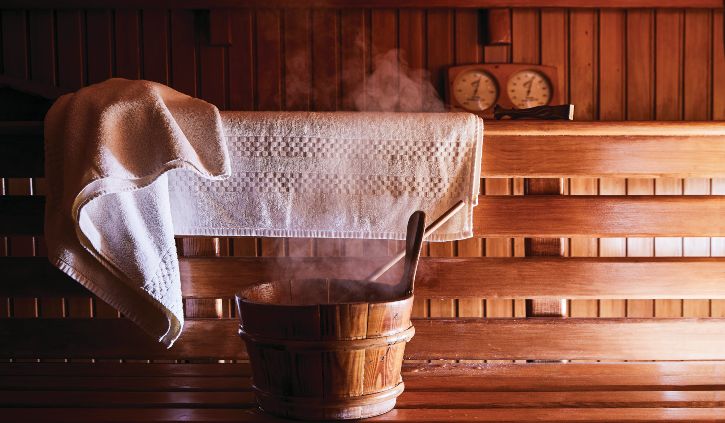
Days at sea are the perfect opportunity to relax, unwind and catch up with what you’ve been meaning to do. So whether that is going to the gym, visiting the spa, whale watching, catching up on your reading or simply topping up your tan, these blue sea days are the perfect balance to busy days spent exploring shore side.
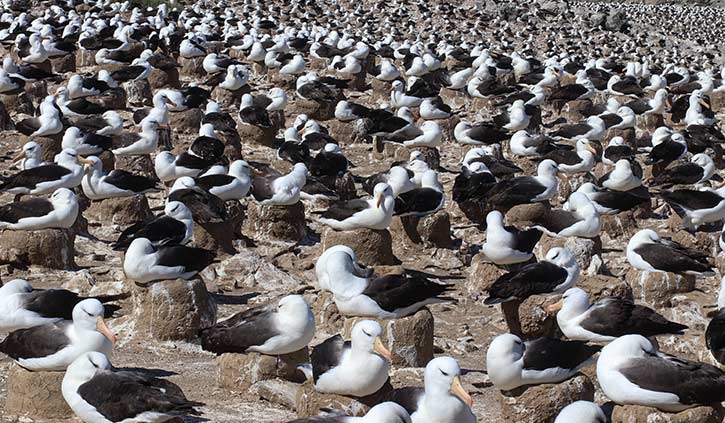
West Point Island is a north-westerly outpost of the scenic Falkland Islands, you’ll be welcomed ashore by the calls and cries of a huge colony of black-browed albatross. Indeed, the island was originally known as Albatross Island before being renamed to reflect its geographic location. While the albatrosses – that flash white feathers in the rugged cliffs above the waves – are the most well known residents, they are far from the only animal inhabitants of this remote, isolated land. A huge army of birdlife calls the island sanctuary home, overwhelming the tiny human population and sheep that roam West Point Island’s grasses. Meet the rockhopper penguins who scamper and burrow along the coast’s boulders, as well as the imperial cormorants who rest here in great numbers. You’re also liekly to encounter Magellanic penguins during your explorations. Hike the island’s quiet landscapes, and look out for endemic plants like Felton’s flower carpeting the green interior. Decorated with some of the archipelago’s most dramatic scenery, explore this wind-lashed, distant land of soaring cliffs and towering coastal precipices. Cliff Mountain is the island’s standout – a towering sandstone monolith, and the archipelago’s highest cliff, falling away to swirling waves below. Look out to the waters to spot Commerson’s dolphin chasing each other around the island’s wave-washed footprint. Whales also visit, as well as the fur seals who you may spot lounging around West Point Island’s inviting shores.
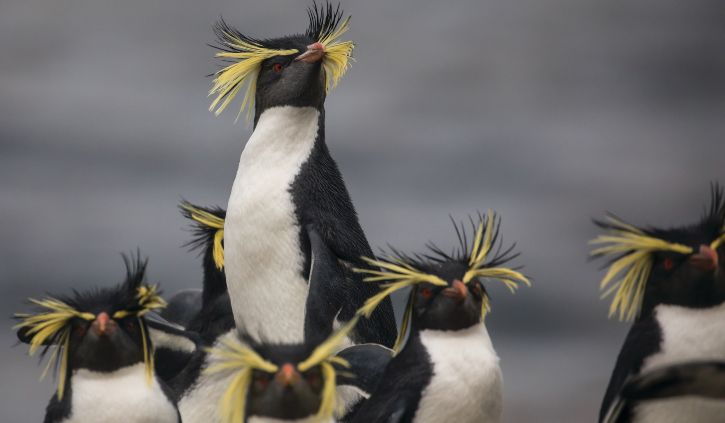
Meet some of the world’s most incredible wildlife, on the remote Saunders Island. Sitting to the north-west of the Falkland’s archipelago, the British established their first settlement here in 1765, at Port Egmont. Remote, wild and wonderful, the island now serves as a lush grazing ground for plenty of sheep – but it’s an astonishing place to encounter far rarer animals – from elephant seals to silvery grebes and Peale’s dolphins. Connected by sinewy links of beach and sandy dunes, which create some of the most dramatic scenery in the Falklands, the archipelago’s fourth biggest island is home to its best birdlife – including a colony of neatly tuxedoed king penguins. Saunders Island’s topography tightens at The Neck – where you’ll find even more penguin activity. Colonies squark and chatter in huge crowds here, with Gentoo, Rockhopper and Magellanic penguins dipping into the water, and clambering over boulders. A gentle hike to the summit of Mount Richards will take you 457 metres above sea level, offering an expansive overview, from which you can look out across the tips of the moody waves to see Carcass Island and West Point Island emerging. The cliffs to the north of the mountain host rare black-browed albatross – a sight of sheer grace in flight – but comically clumsy at times when landing. Elsewhere, wide lakes are home to various water birds – including the rare black-necked swans.
You will also visit Port Stanley. A charming town that would make you think you were in England. Visit the museum and if you are keen have a pint at one of the English pubs.
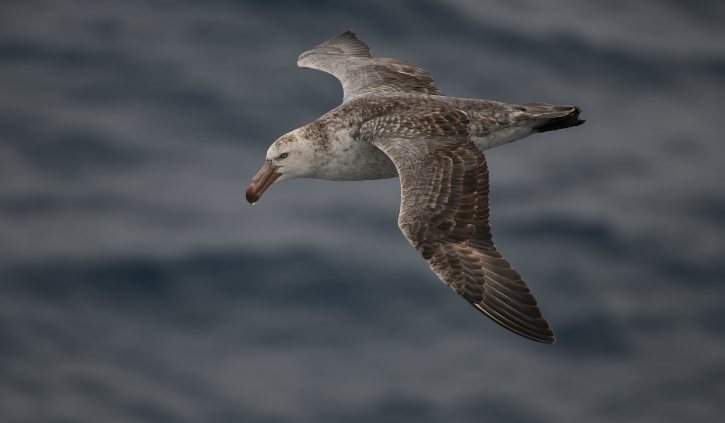
At sea you will see many seabirds out fishing, diving into the water. You may wish to watch the action from one of the many decks. You also have time to enjoy the ships many facilites.
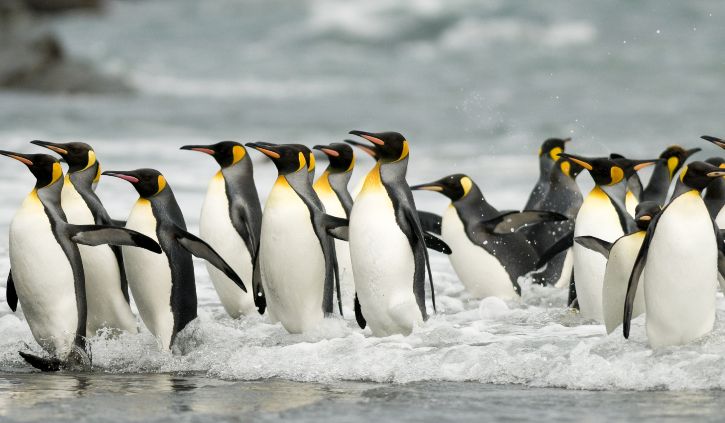
Charcoal-black mountains ladled with snow, giant glaciers and thriving wildlife combine to make South Georgia one of the great natural islands. Adventure to these far flung lands – where the animals are in charge and humans come a distant second. Here you’ll witness a cacophony of calling birds, natural set pieces like elephant seals clashing and thrashing, and crowds of colourful king penguins stretching out as far as the eye can see. An overseas territory of the UK, these isolated, subantarctic islands once formed a remote whaling centre – and you can still visit the former whaling stations. Nowadays the giants of the sea are free to cruise the icy waters uninhibited.
Written into explorer history due to its links with Ernest Shackleton’s tale of Antarctic exploration, shipwreck and survival, the Endurance’s crew were saved when he reached the salvation of these shores in 1916 – before returning to collect the remaining sailors from Elephant Island. A museum commemorates the legendary mission, and you can see the memorial to Shackleton that stands over his final resting place on this fabled island. South Georgia’s colonies of king penguins – with vivid bursts of yellow and orange around their necks – stand, squabble and curiously investigate, enjoying the isolated respite of this island. They’re joined by smaller penguin species like Macaroni penguins, and other glorious birdlife like the majestic wandering albatrosses, which you can see gliding on gusts of wind, over the choppy waves.
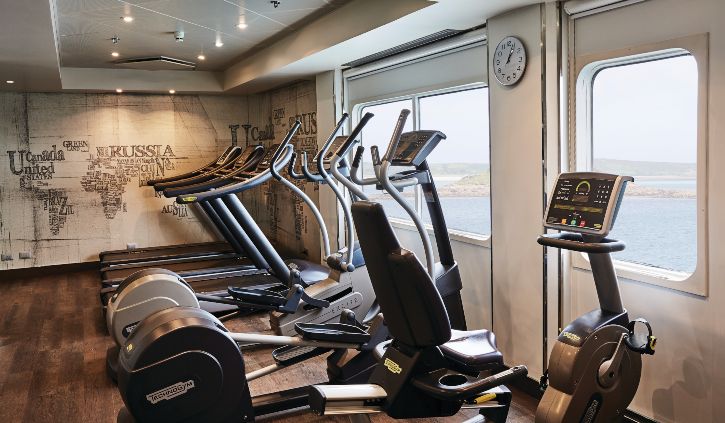
Days at sea are the perfect opportunity to relax, unwind and catch up with what you’ve been meaning to do. So whether that is going to the gym, visiting the spa, whale watching, catching up on your reading or simply topping up your tan, these blue sea days are the perfect balance to busy days spent exploring shore side.
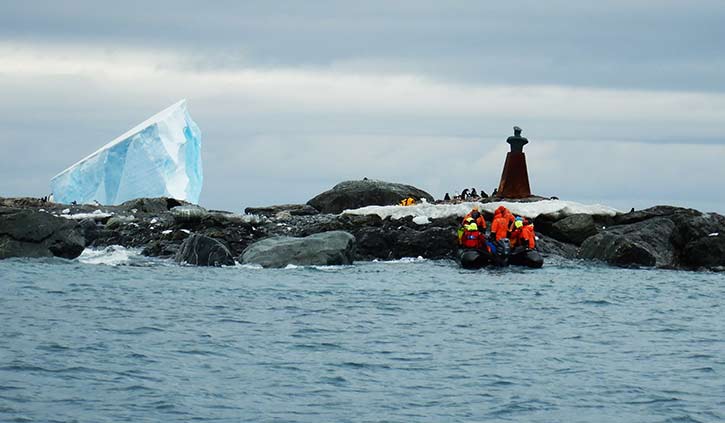
Promising thrilling adventure, legendary tales and immaculate Antarctic beauty, Elephant Island is perhaps Antarctica’s best-known location. The exploits of its early explorers have immortalised this harsh, monochrome island in the tomes of human history. Believed to take its name from the elephant seals that early explorers spotted lolling on its rocks, the volcanic island was not properly explored until 1916 – when Ernest Shackleton and his men were stricken by the weather and sought salvation on its shores. Their story of survival, stranded in this barren land, is one of humanity’s most evocative and inspiring accounts. Elephant Island is written deep into the legend of Antarctic exploration, and you’ll discover Shackleton’s tale for yourself as you arrive in the island’s icy realm. The remarkable, slowly flowing Endurance Glacier – which you’ll see on arrival here – takes its name from their ship, The Endurance. Visit the monument that stands to Shackleton, often surrounded by a migrating crowd of tiny gentoo penguins, at Point Wild – the spot where he and his 28 crew members camped for four and a half months of Antarctic winter. Eventually, Shackleton and a handful of courageous others sailed for South Georgia Island, before returning to secure the rescue of the remaining crew members. Aside from sailing amid breathtaking winter vistas, witnessing incredible fauna and feeling the sheer rush of an adventure to the unknown – one of the true joys of any Antarctic cruise is to follow in the footsteps of the brave explorers who first sought out the alluring nectar of these dangerous, evocative landscapes.
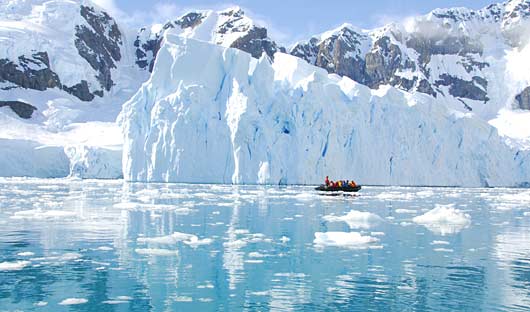
Few voyages ignite the imagination like a journey down to one of the planet’s most remote, extreme and enchanting wilderness, Antarctica. An adventure in its purest form, only a handful of people will ever be lucky enough to experience the majestic beauty of these monochrome landscapes first-hand. The Antarctic Sound will be one of your first encounters of this whitewash kingdom, located at the northerly tip of the Antarctic Peninsula – which sprawls up like a tentacle towards Tierra del Fuego, South America’s most southerly point, otherwise known as the ‘End of the World’. Taking its name from the first ship to brave the passageway between the peninsular and the Joinville Island groups back in 1902, the Sound is a raw, sensory assault of imposing iceberg slabs, broken away from the disintegrating Larsen Ice Shelf. Come face-to-face with stadium-sized islands of ice and meet the extraordinary birdlife that call this whitewash kingdom home. Watch on, as colonies of Gentoo penguins hop around, and cape petrels sweep overhead, as the continent’s unique wildlife thrives around you. If you’re planning your first venture into Antarctica, you’ll want to brush up on your photography skills in advance, to capture this unforgiving continent in all of its unrestrained glory.
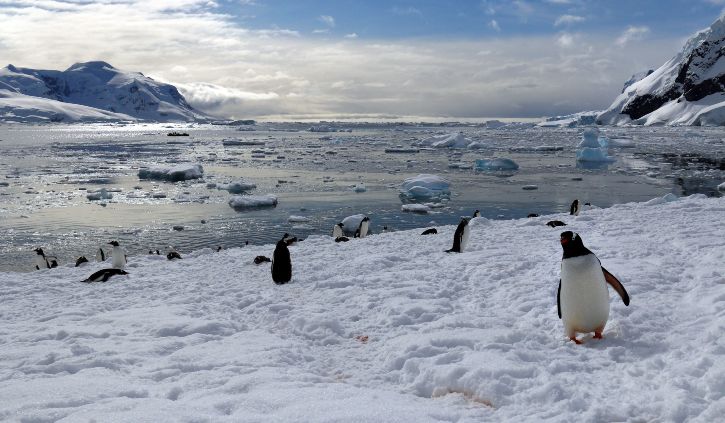
Remote and otherworldly, Antarctica is irresistible for its spectacular iceberg sculptures and calving glaciers, and for the possibility of up-close encounters with marine mammals and the iconic penguins. The Antarctic Peninsula – the main peninsula closest to South America – has a human history of almost 200 years, with explorers, sealers, whalers, and scientists who have come to work, and eventually intrepid visitors coming to enjoy this pristine and remote wilderness. It is a region of protected bays, unscaled snow-capped mountains, vast glaciers and a few places where whalers or scientists have worked. Just as irresistible are the many Gentoo and Chinstrap Penguin colonies, the seals basking on ice floes, the whales and orcas.
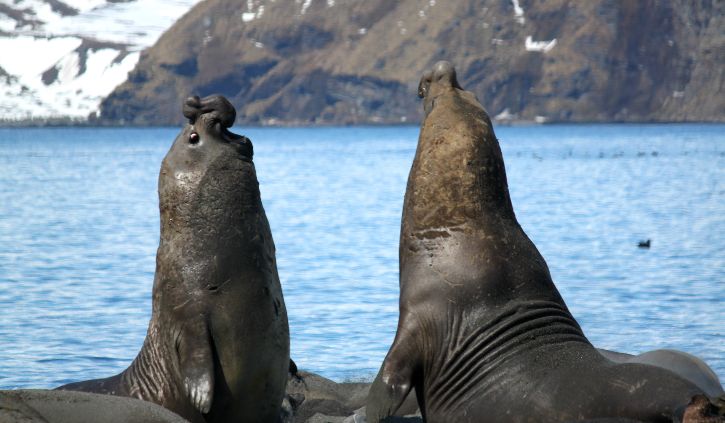
Some 770 kilometers south of Cape Horn, the South Shetland Islands are usually the first land seen in Antarctica. Separated from the Antarctic Peninsula by the Bransfield Strait, nine major islands make up the group. The region was the first to be exploited by sealers in the early 19th century, and because of its proximity to South America, it still is the most visited by scientists and tourists. Chinstrap, Adelie, Gentoo and Macaroni Penguins all breed here. In addition, because it is the warmest part of the continent, large moss beds as well as orange, black, grey and green lichens grow –even hair grass and pearlwort manage to survive. Leopard seals, Weddell seals, crabeater seals, Southern elephant seals and Antarctic fur seals can be seen in the water and on the beaches.
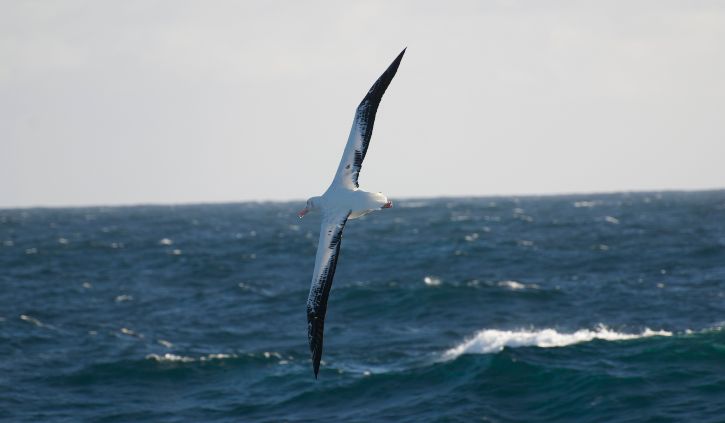
The Drake Passage has a notorious reputation for its turbulent seas due to the westerly winds and the funneling effect of the passage. The Antarctic Convergence, a natural boundary where cold polar water flows northward and warmer equatorial water moves southward, is within the Drake Passage. When these two currents meet, nutrients are pushed to the surface, often attracting a multitude of seabirds and whales. Black-browed Albatross, Sooty Shearwaters and White-chinned Petrels glide in the air currents alongside and in the wake of the ship.
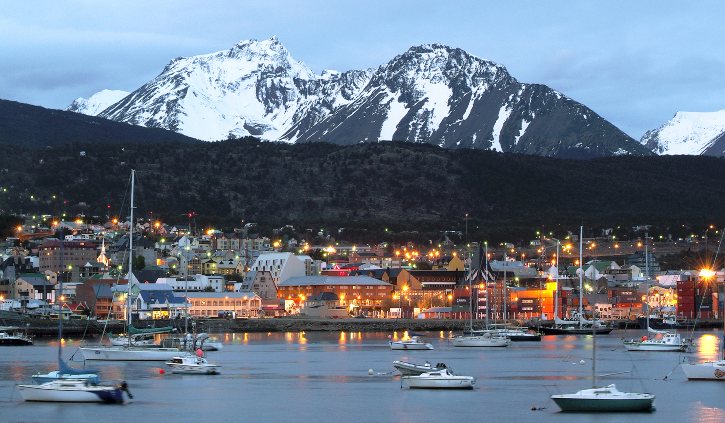
The Silver Explorer will arrive at Ushuaia in the morning. Following breakfast, you will disembark.
Expedition highlights and wildlife listed here are possible experiences only and cannot be guaranteed. Your Expedition Leader and Captain will work together to ensure opportunities for adventure and exploration are the best possible, taking into account the prevailing weather, wildlife activity and ice conditions. Expedition Team members scheduled for this voyage are subject to change or cancellation. A flexible itinerary allows us to take advantage of favourable sea and weather conditions. In the true spirit of expedition cruising, each day the Expedition Leader and Captain will determine our best course depending on weather, ice conditions and wildlife we may encounter.